With his family moved to safety, Paradise native Luke Bellefeuille stayed behind for a few more hours on the day of the Camp Fire, to see if he could save their home. He captured this photo of their house, which they’d moved into less than a year earlier, before it was engulfed in flames.
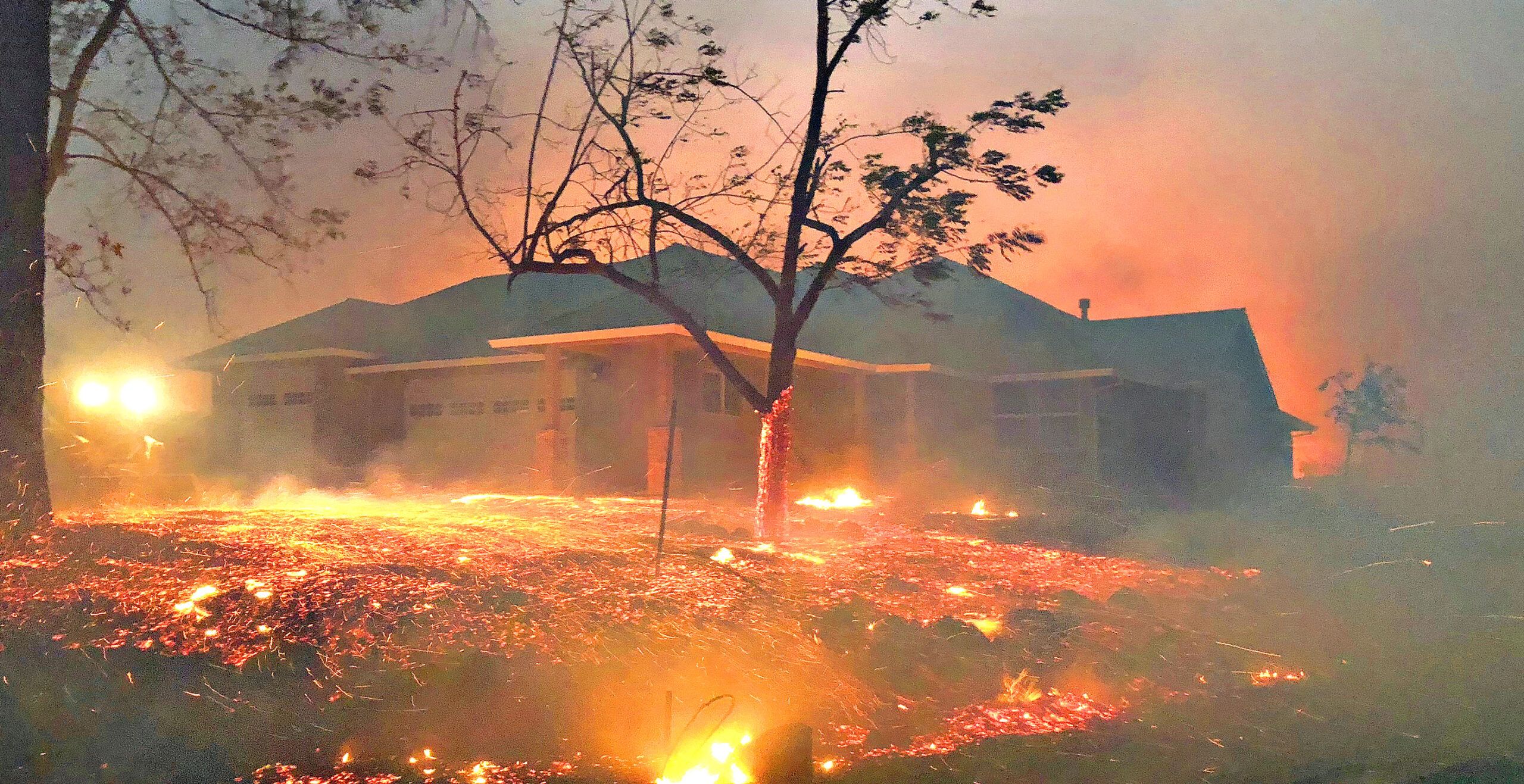
“The most off-base calls we get from journalists are the ones about ‘Paradise Lost,’ ” says Colette Curtis, now assistant to the town manager. “I get it, it’s a catchy story line, but the truth is so much more interesting and exciting.” She’s talking after her lunch hour, one of the rare ones she gets these days. “We all used to take them every day before the fire,” she says with a laugh. “Now we’re almost too busy to eat.”
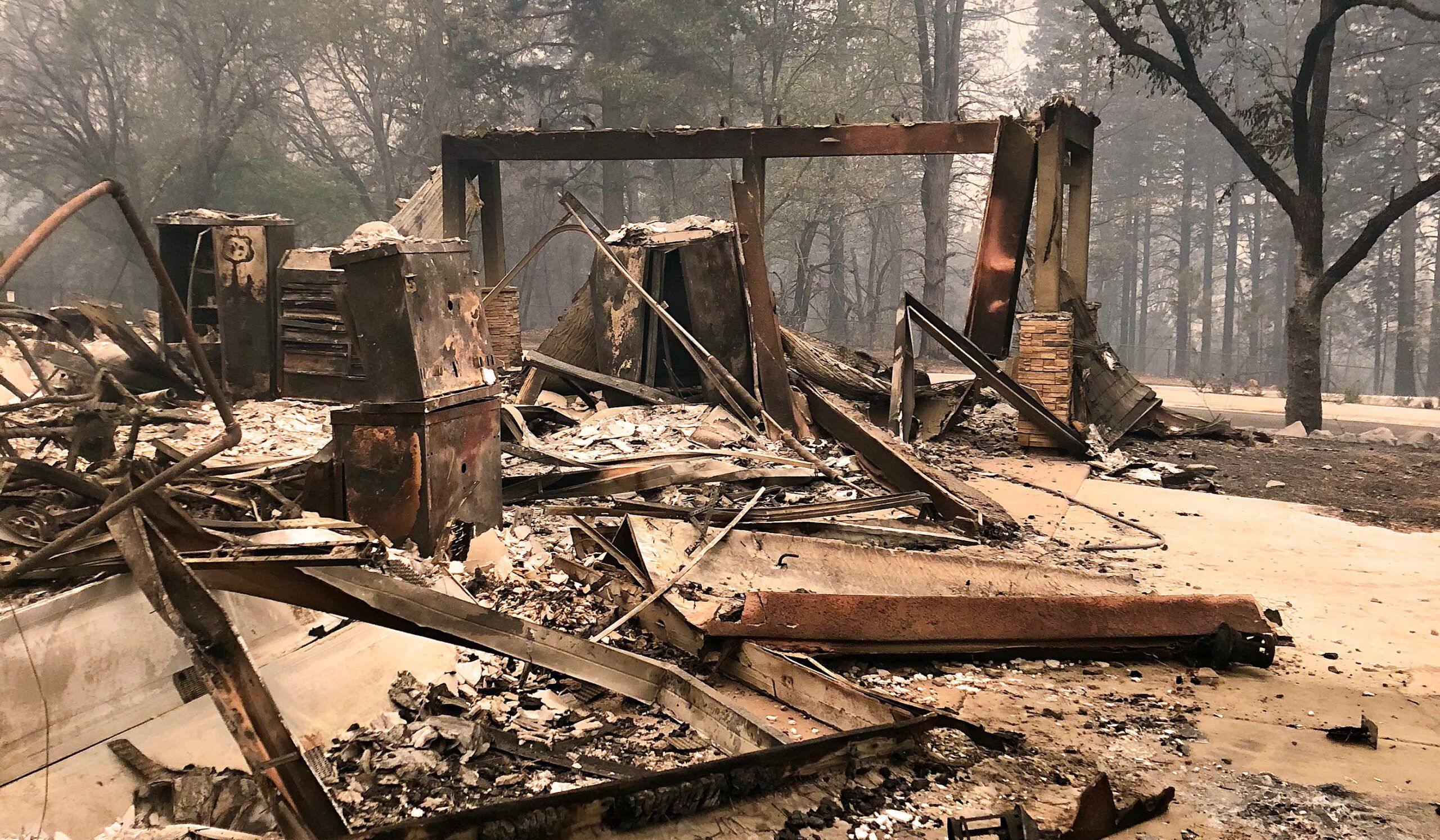
The Camp Fire started on November 8, 2018, and lasted for more than two weeks, killing 85, destroying more than 18,000 structures, and traumatizing tens of thousands of people. “Everybody was panicking,” Melanie Heilderberger told the Guardian newspaper, recalling what it was like to be trapped in one of the traffic jams that formed as people fled. “You can’t imagine how many different types of panic there are with each person.”
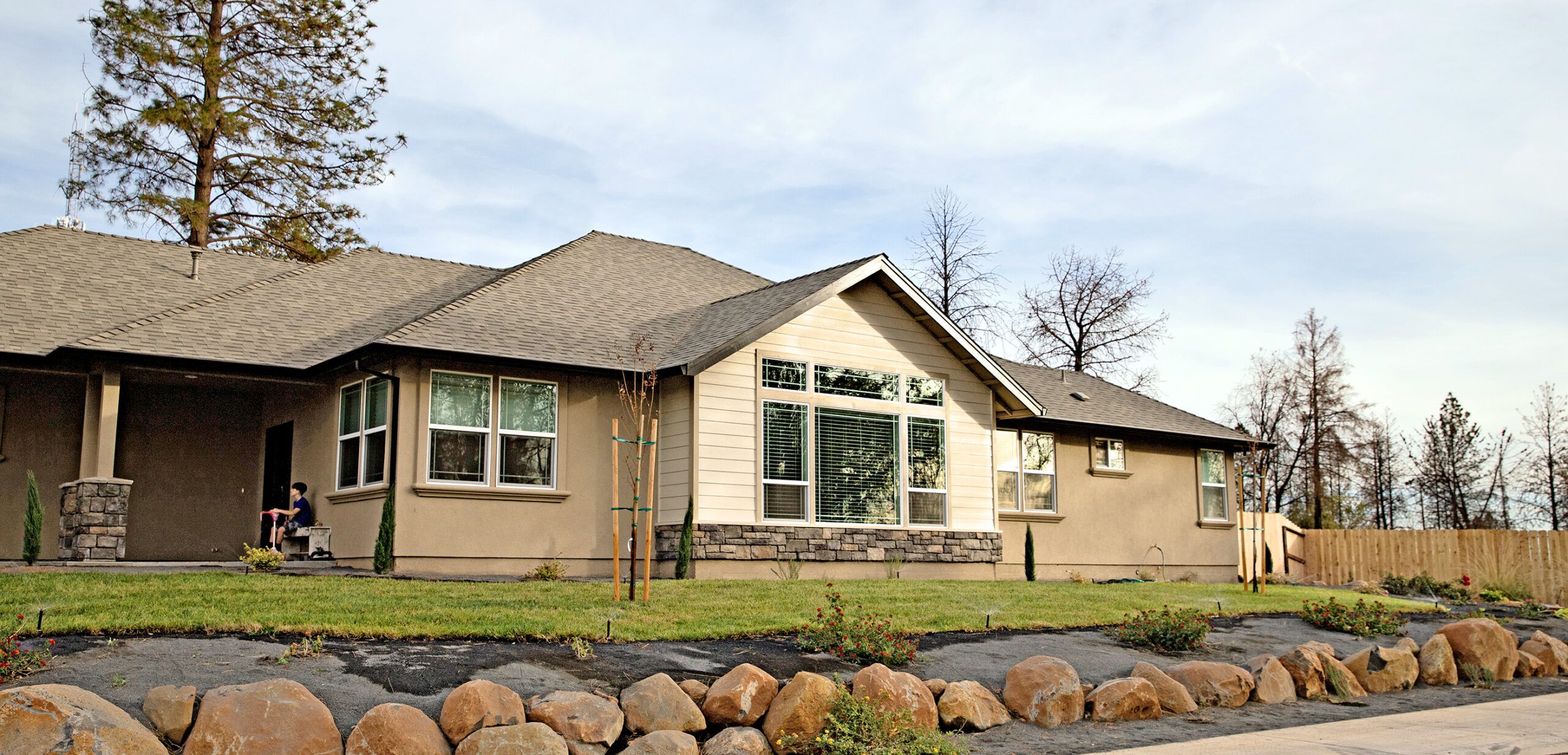
“It was apocalyptic,” firefighter Calin Moldovan tells TOH host Kevin O’Connor at the start of the series, Rebuilding Paradise. “I didn’t know if the rest of the world was ending, but this world that involved Paradise was ending at that time.”
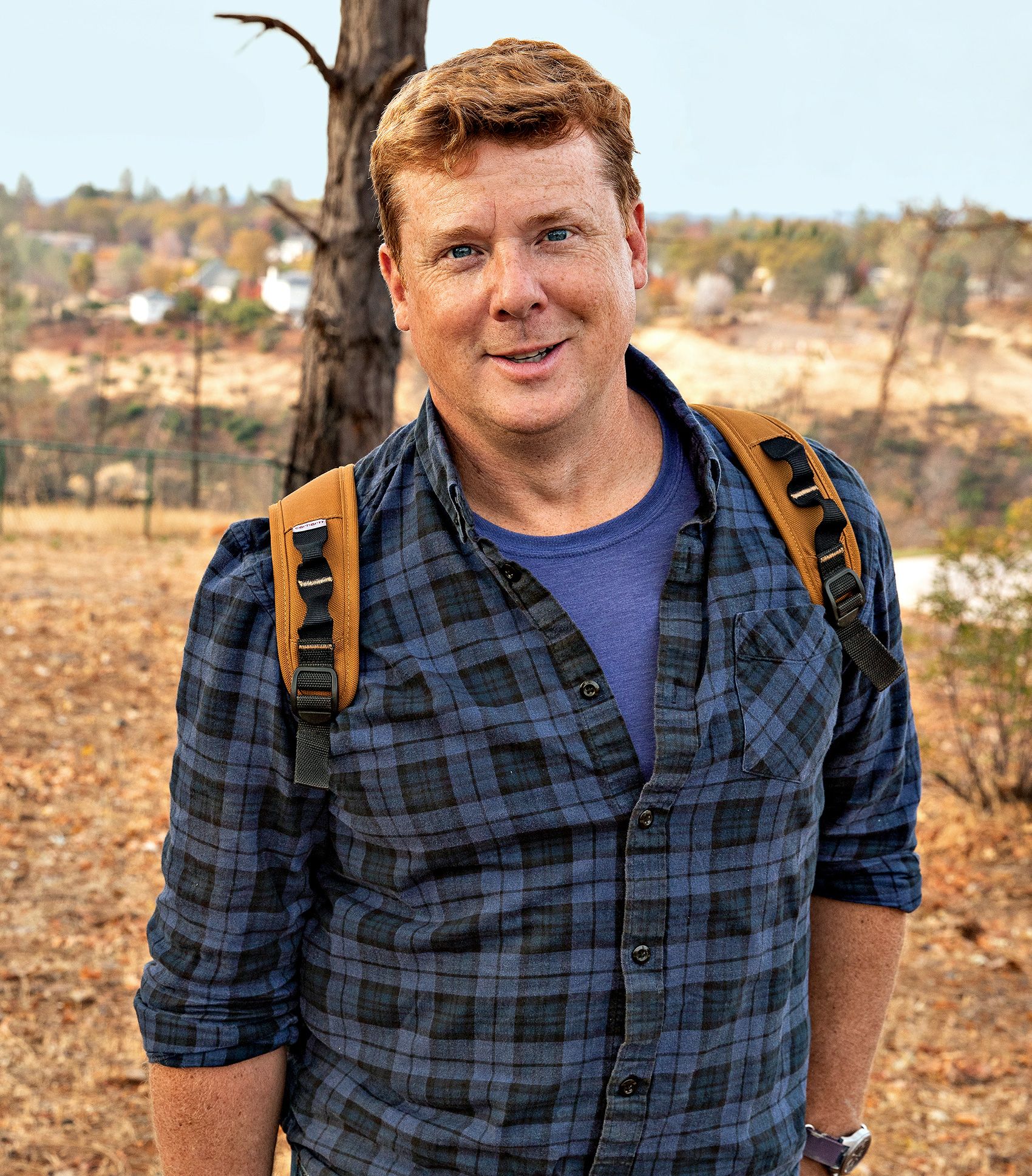
“The third time we drove up to town, it struck me: The way I feel when I pull onto my street, how relaxed and right everything is with me…that’s why folks are rebuilding. Home is a very powerful thing.”—Kevin O’Connor
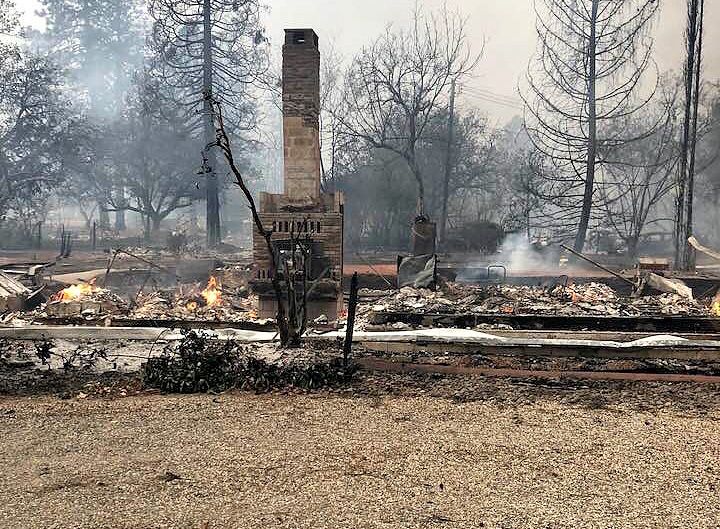
Many survivors report that they gauge time as “before the fire” and “after the fire.” In the days that followed, the pronouncements were dire—the town was “wiped off the map,” it would “take 100 years to rebuild”—and many were wrong. “We thought it would be three years till we could provide drinkable water,” says Curtis. It turns out that Paradise Lake, the town’s water source, emerged relatively unscathed; as inspectors tested the supply to each of the 1,100 remaining homes, they discovered contamination was not as universal as they’d expected, and what they did find could be fixed.
Nowadays, every permit the building department issues is accompanied by a notice to the water department, which makes sure the lateral supply line will be clean and ready for use when the house is finished. Step by step, action by action, the people of Paradise are working together to solve problems, and the horrific memories of 2018 are being countered by hope and progress.
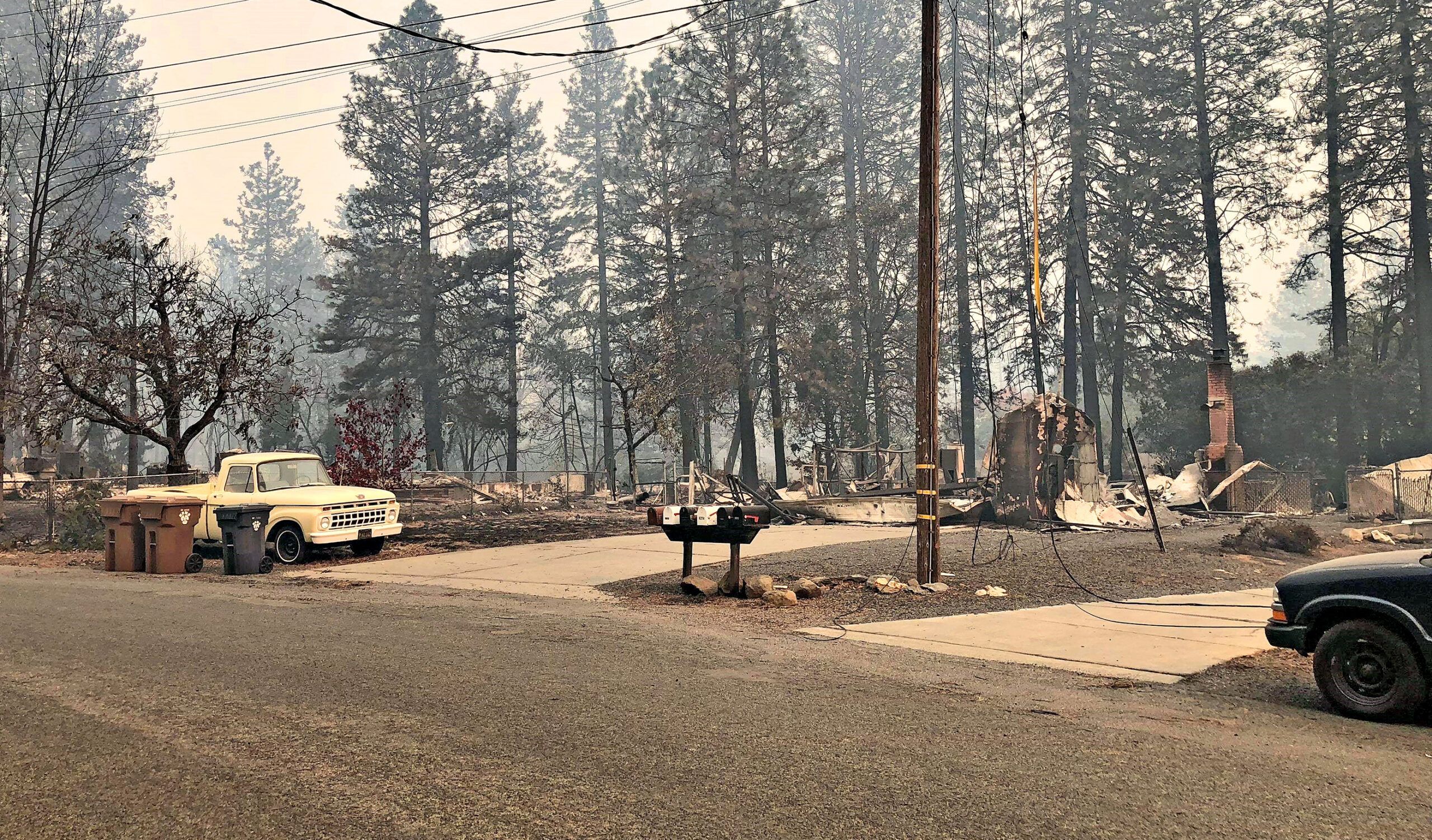
The three families This Old House TV followed as they rebuilt their homes embody that spirit. They feel like they’re part of an informal club, says José Guevara, a flooring and tile contractor, husband of Anna, and father of two teenage boys. “Everybody in town is friendly, but when they find out you’re rebuilding, they say, ‘You’re my brother, you’re my sister now.’ ”
Like the other couples—Luke Bellefeuille and Crystal Hutchison and Joe and Avonlea Aurentz—José and Anna decided within hours of the fire that they’d re-establish their lives in Paradise. “When someone asks me, ‘How can you rebuild?,’ ” says Crystal, “my answer is plain and simple: It’s home. I feel like we’re on a mission.”

Like most missions, this one has had its challenges, especially when the practicalities are so daunting. Crystal and Luke report that living in a trailer gets tired pretty quickly. Sewage needs pumping every three or four days, and refilling the rented 2,500-gallon water tank cost $300. Laundry gets done at the laundromat, and meals are mostly takeout or prepared food—expenses their insurance thankfully covers. Getting that money wasn’t easy though, as four different adjusters, none of them from the area, have come through and recalculated their coverage over the past year, “with all the arguing and backtracking you’d expect,” says Crystal.
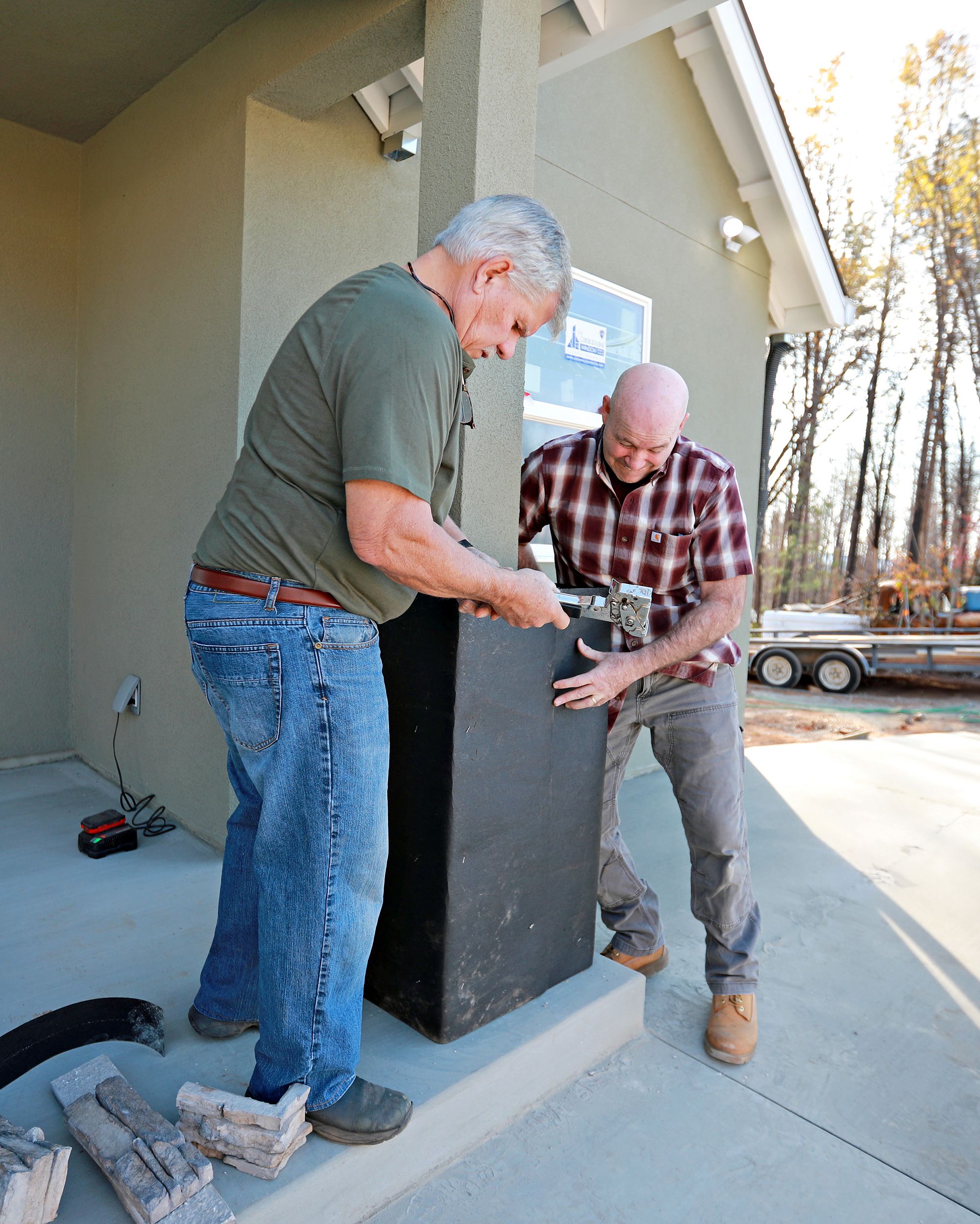
In addition to the slow process of bringing municipal water and consistent power back on line, the schools were out of commission until recently. Paradise lost two elementary schools, and the high school suffered extensive smoke damage. The number of returning students is about half the prefire enrollment; many kids commute from temporary homes.
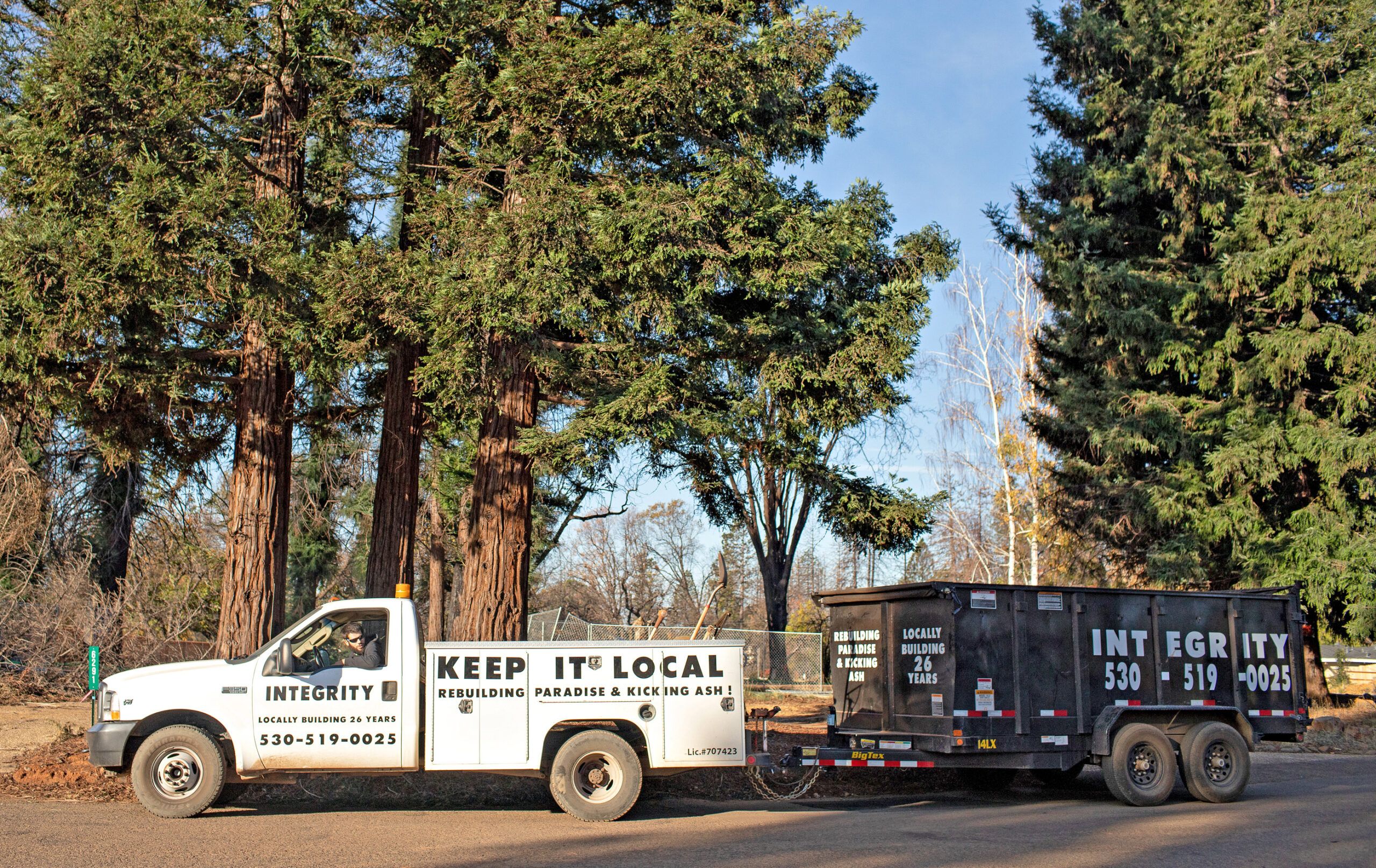
For everyone, debris removal has been a titanic undertaking: Curtis reports that crews have removed twice as much material as in the World Trade Center disaster, and in half the time—3.66 million tons in nine months, all of it collected, sorted, and trucked to landfills. And although the Federal Emergency Management Agency (FEMA) and the California Office of Emergency Services (CALOES) were set up to help pay for that, they weren’t prepared for the trees: an estimated 300,000 of them, burned, dead or dying, and all likely to fall within five years.
At $2,000 to $5,000 a tree to remove, homeowners face a real dilemma. Prodded by town officials, FEMA, whose disaster models are mostly based on hurricanes (where trees are felled), and CALOES, which had never seen such a widespread wildland-urban event, eventually put in place a payment program to help with the removal of trees likely to fall on roads and other public spaces. The town is currently applying for state and federal funding to aid citizens with the trees that still stand on their lots but don’t present a public hazard.
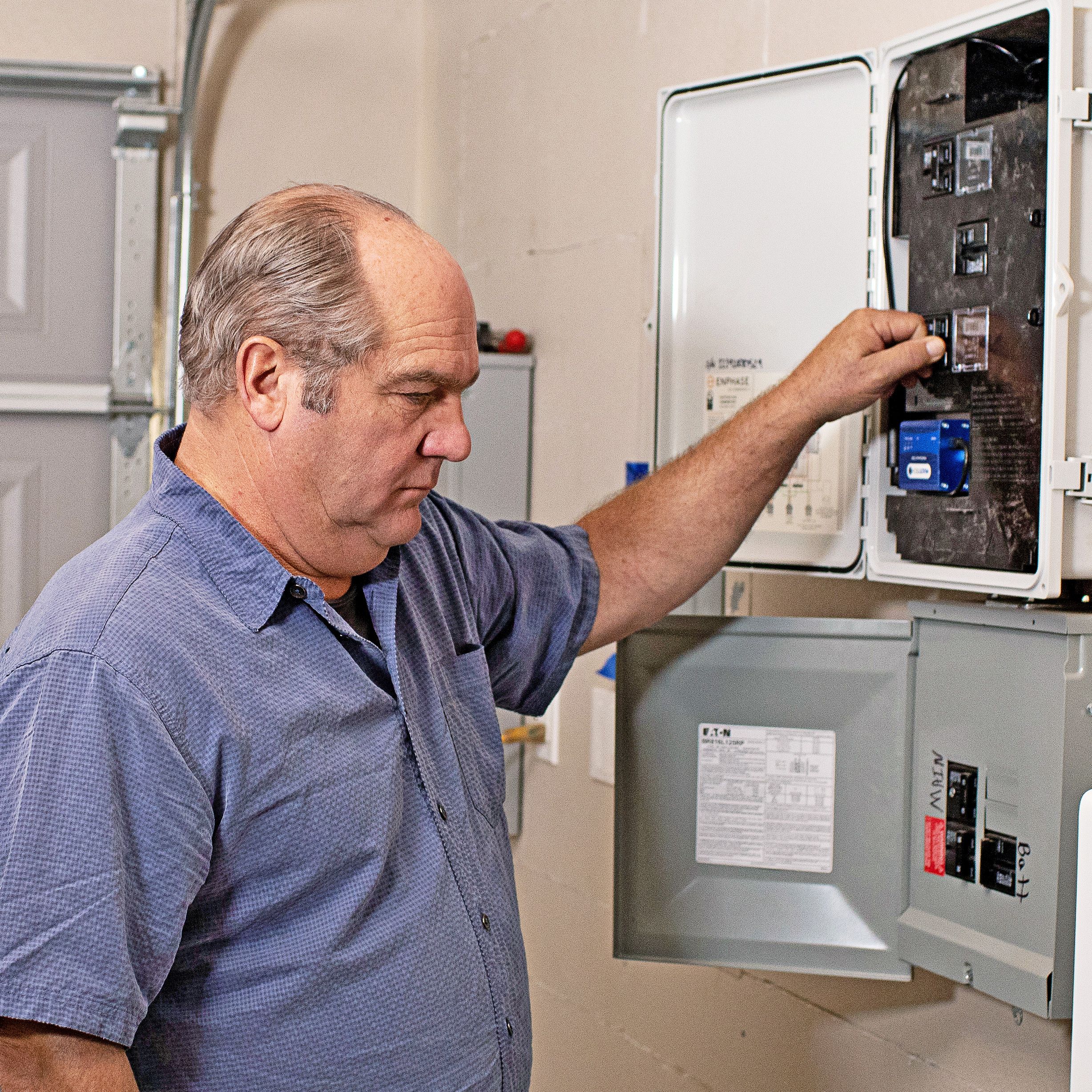
“I think there’s some skepticism about trusting government and the utilities after the fire. ‘Give me a generator and a well, and I can protect my house’—there’s a Western spirit of independence among the people here.” —Richard Trethewey
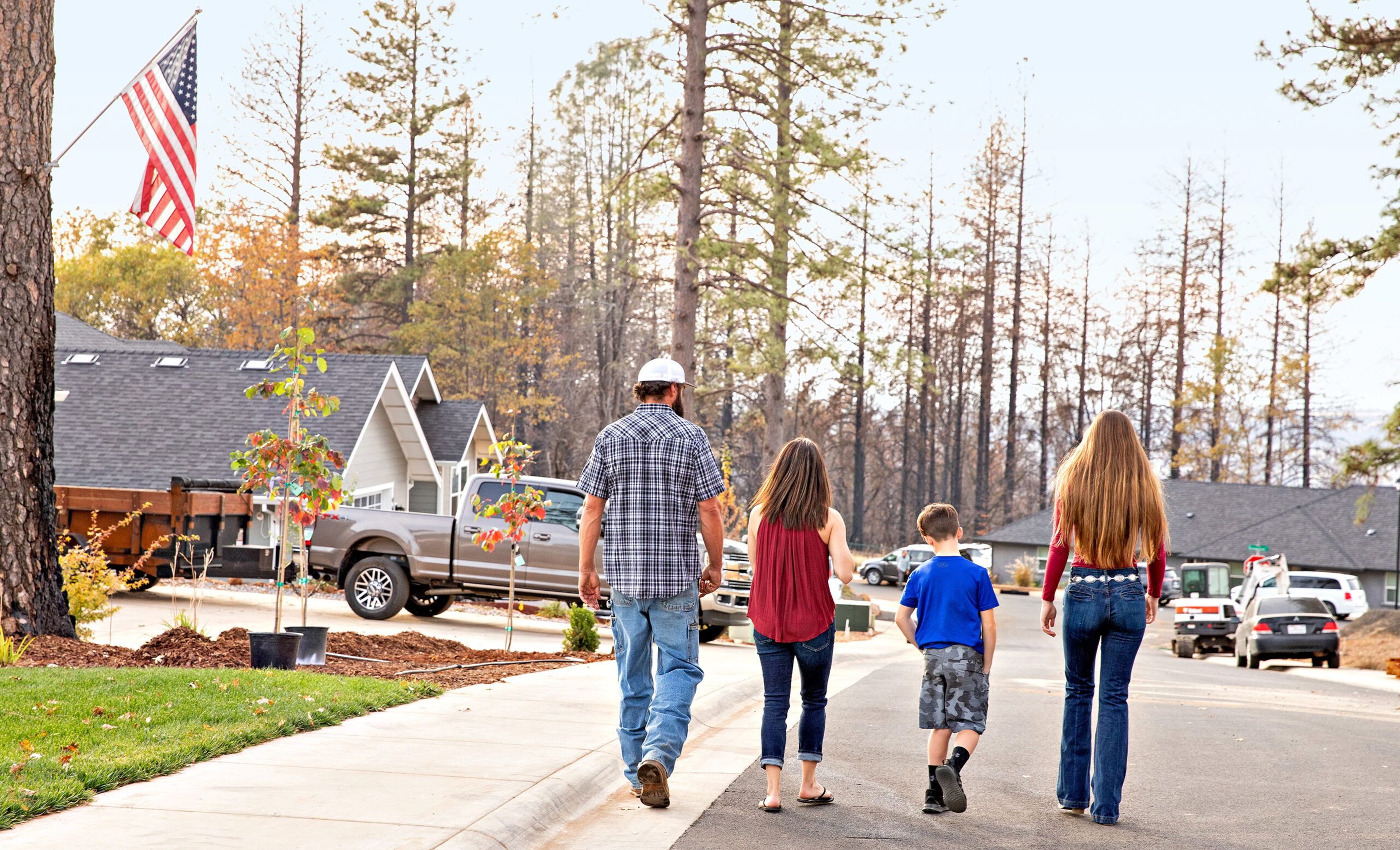
Another surprising cost of the disaster is the wear and tear done to roads by all the truck traffic. Fortunately, town engineer Marc Mattox foresaw the issue and, right after the fire, did a laser survey of every road in town, providing a “before” to the “after” he did post-cleanup. The data will form a basis for “hazard mitigation” repair funding through FEMA.
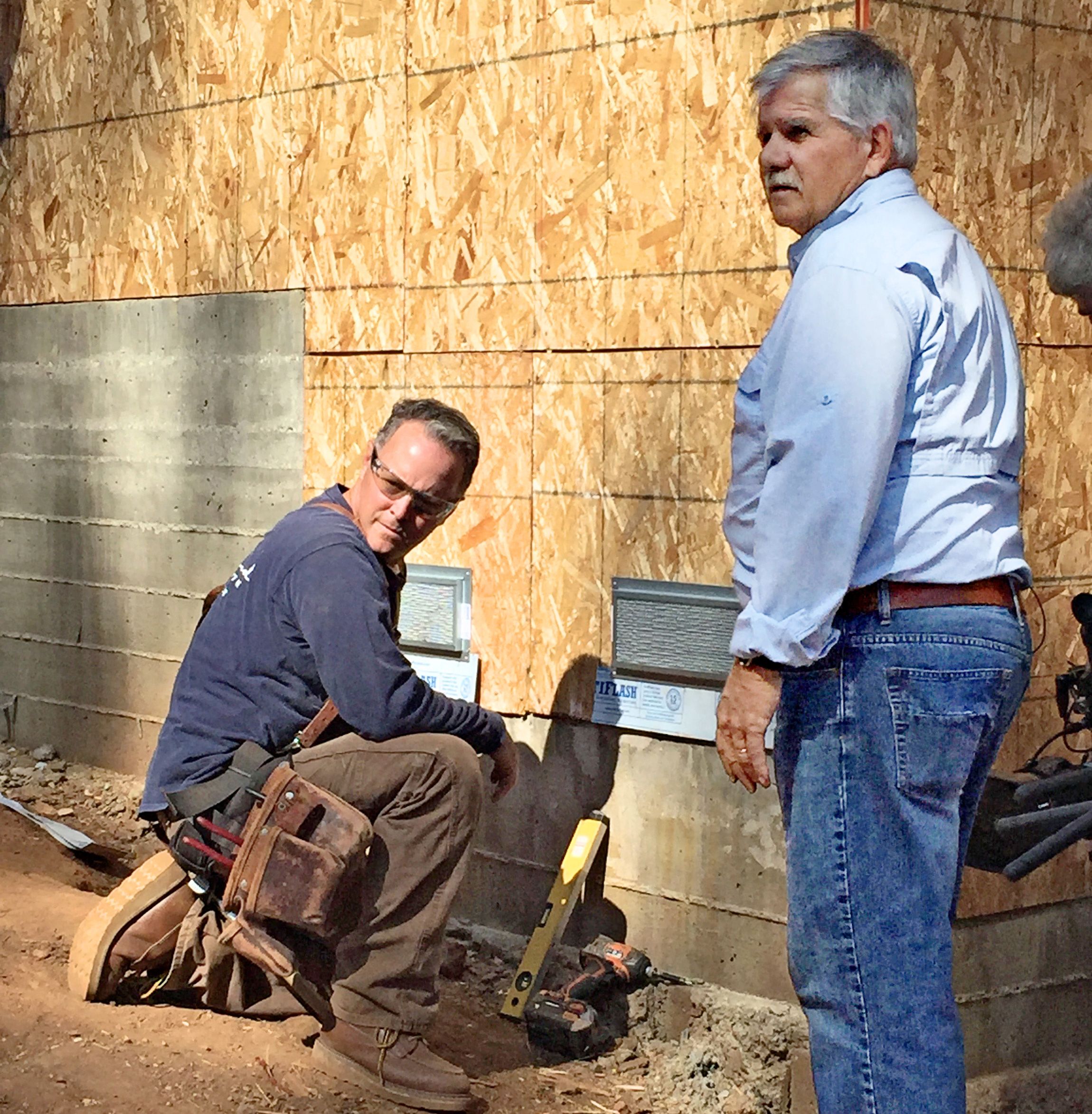
On the job sites TOH documented, the couples are remarkably upbeat. There have been frustrations for sure—concrete subcontractors are working flat out and have been hard to schedule; getting the necessary debris cleanup certificate (which requires submitting soil samples to the town for contamination testing) added a couple of months to Joe and Avonlea’s job.
But compared with what one often hears from folks going through building projects, these people are nearly angelic in their lack of complaint. “Everyone in town has more patience for everything,” says Luke. “We all went through something together, and we feel like we’re strong people to do what we’re doing.”
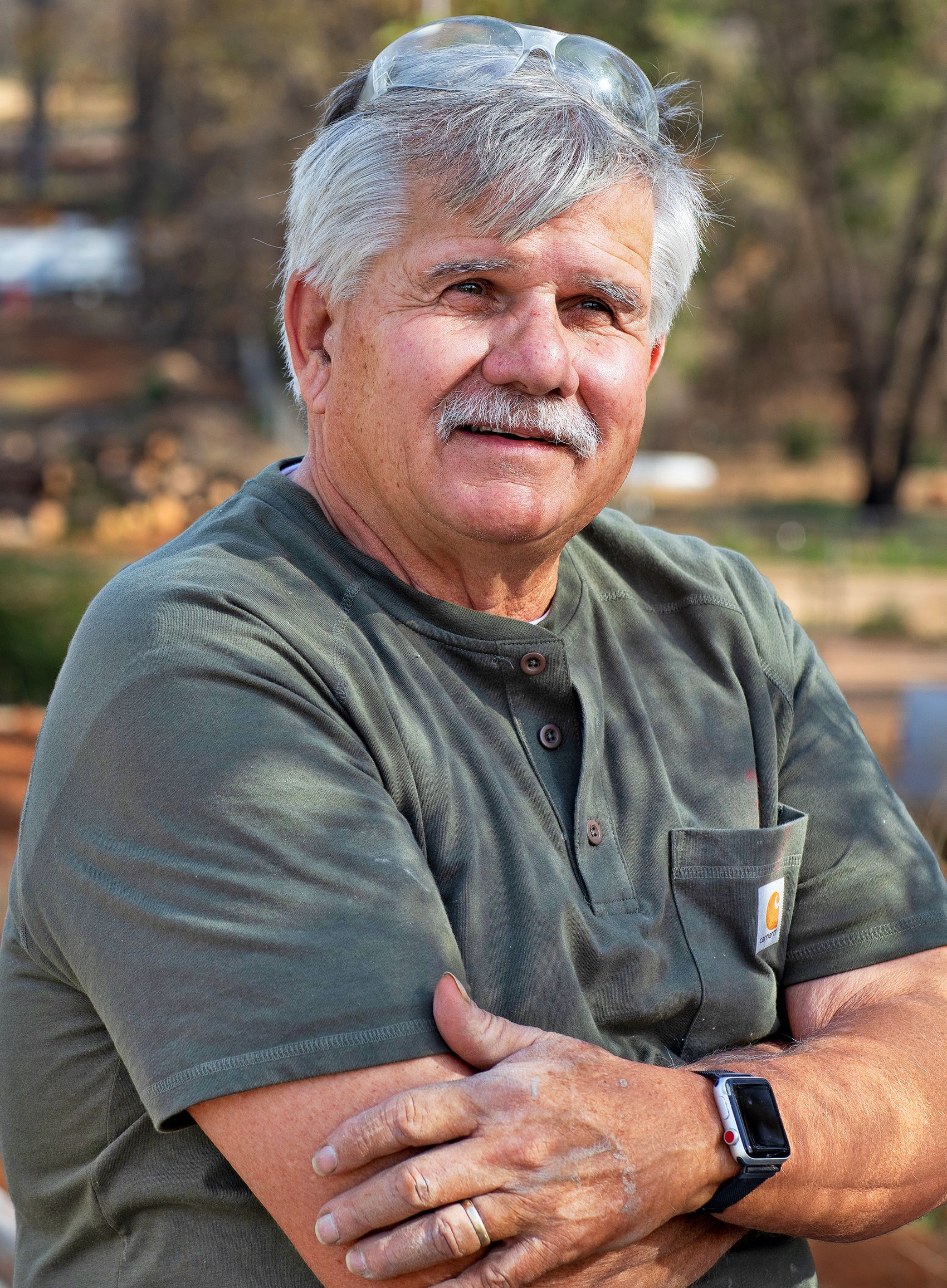
“The lessons are clear: Make the outside of the house as noncombustible as possible. What caught my attention is the importance of tempered glass. Windows are the weak point of the envelope, and it protects against failure in the heat.”—Tom Silva
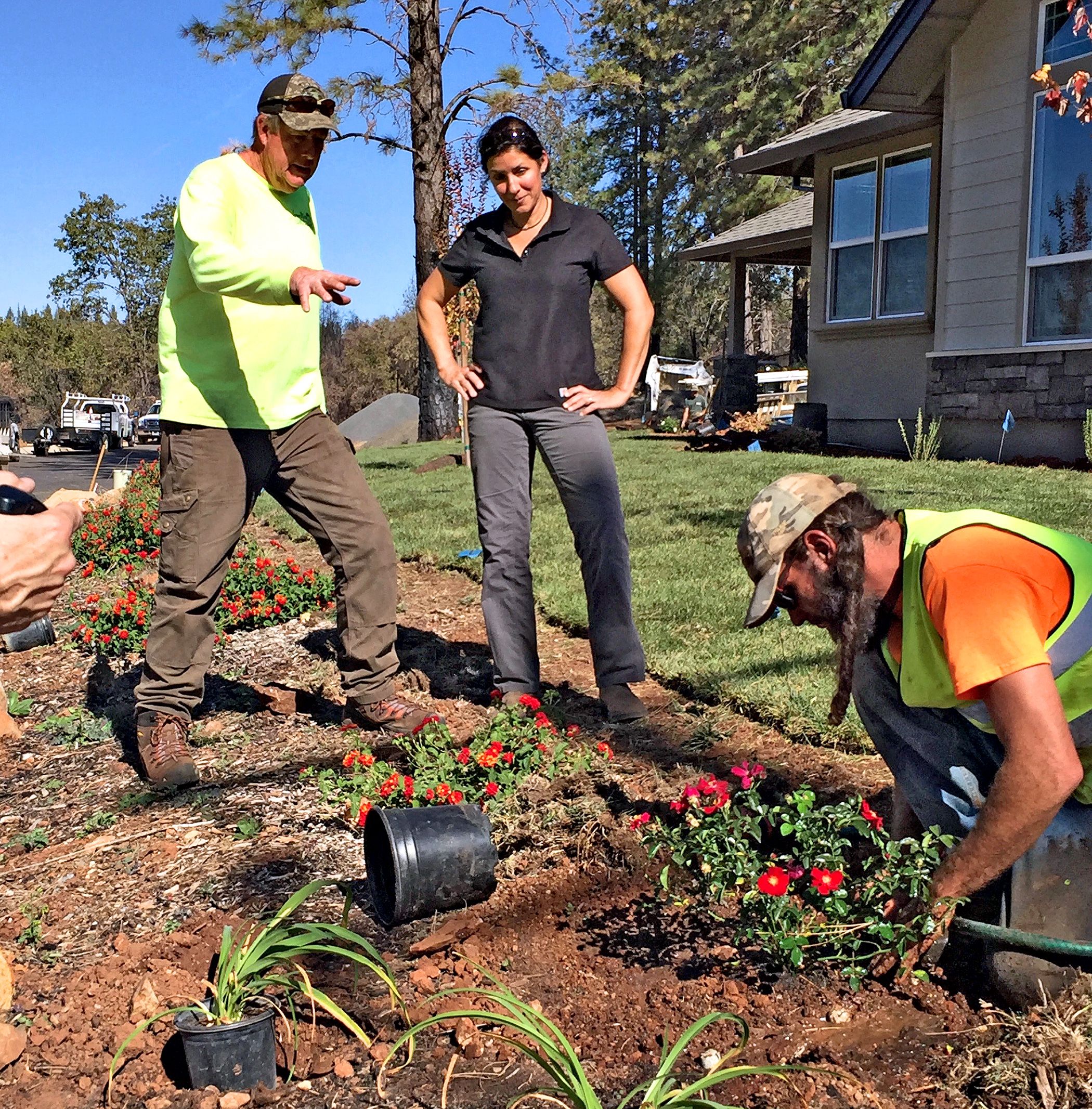
Despite their hassles with their insurance companies, all three couples are happy with what they’ve been able to build—Luke and Crystal, whose brand-new house burned down, replicated it, while Joe and Avonlea and José and Anna have put up larger homes, using all the insurance money received for both the house and their belongings. “We have the same floor plan,” says José, “but it’s half again as spacious. It’s more open and friendlier, and we gained a laundry room.”
There’s some good dark humor among the rebuilders. People joke about it being a safe place to live now that everything’s burned, and Luke cites a favorite crack that trades on the fact that most folks lost nearly all of their possessions: “Nice jacket—that new?” And there’s pride in beating the predictions: “Friends told me I was crazy, that it would take five years before we could get anything done,” says José. “And here we are, on track to move in a little over a year after the fire.” Town administrator Curtis reports that officials originally figured that if all went well, 200 building permits would be issued by the end of 2019. The actual number: 700.
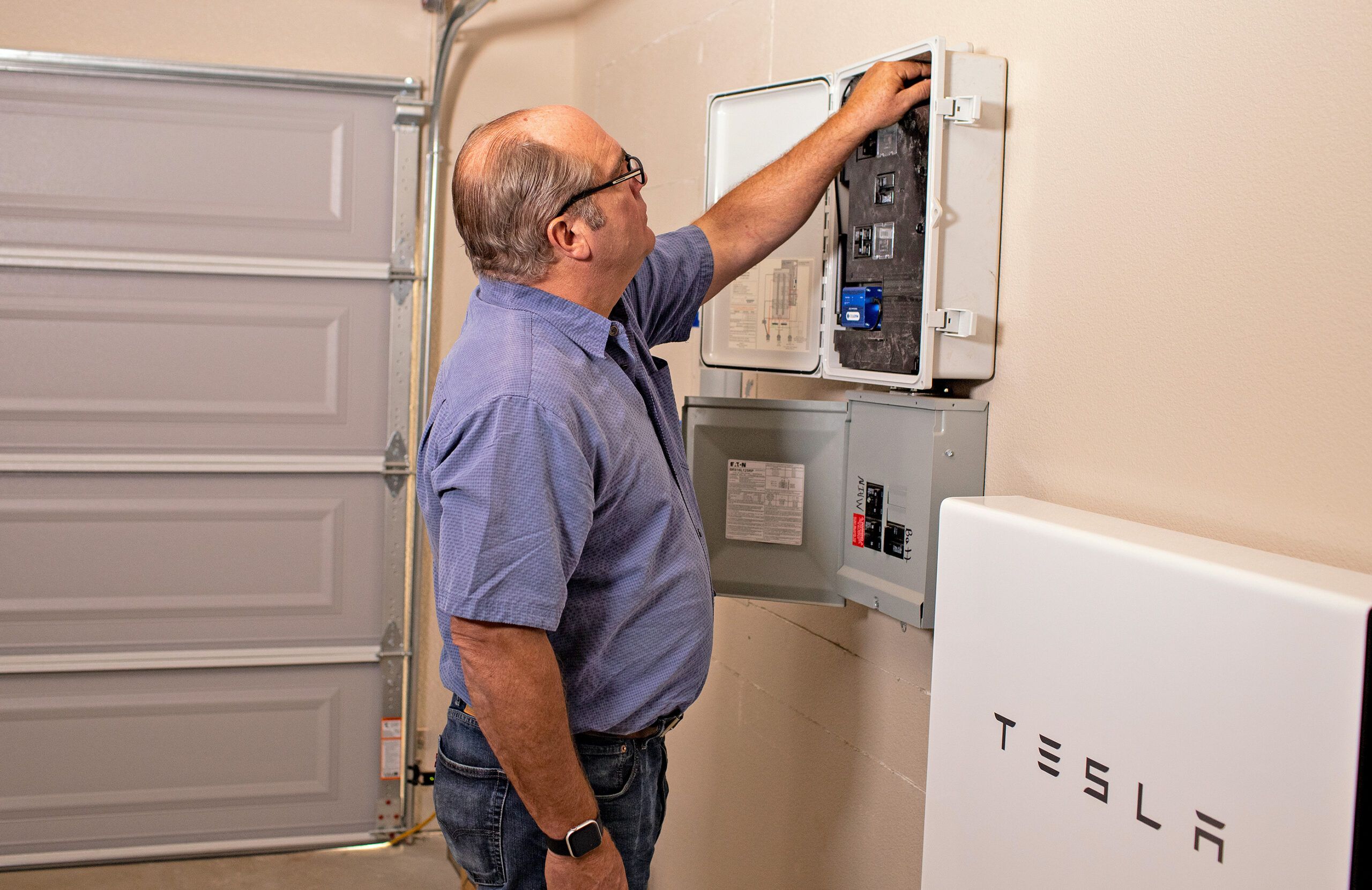
One prediction that is likely not to come true was made by President Trump after his visit to Paradise in the wake of the Camp Fire: “I think hopefully this will be the last of these.” Fifteen of the 20 largest wildfires in state history have occurred since 2000; there are an estimated 129 million standing dead trees in the state, raising the danger. The state’s fire season is lasting longer, as spring snowmelt happens earlier and dry seasons become hotter and longer lasting. Climate change is considered a key driver of this trend.
Those who are reclaiming their lives in Paradise are well aware of these facts and, learning from what happened, are building new homes to withstand fire. And they are not abandoning their hometown. “We feel called to this work,” says Curtis. “It’s a higher purpose.”
Their Roots Run Deep

Crystal hutchison and Luke Bellefeuille are both born-and-raised Paradisians. They had moved into their newly constructed dream home just 11 months before the Camp Fire burned it to the ground. “We called our contractor, Dave Anderson, the very next day and asked him to build it again,” says Luke. “He was all set to retire before the fire. Now he’s got at least a dozen new houses under way.”
While the house was being rebuilt, they lived with 10-year-old Trenton in a one-bedroom, 38- foot travel trailer bought with insurance loss-of-use monies, first in a nearby town and later in their old neighborhood, using electricity from a neighbor’s house. (Jaycee, 20, lives about 15 miles away.) “We had to really minimize the way we bought food, showered, stored clothing, and had company,” says Crystal. “It was cozy.” One bright spot: Thanks to a “You know you grew up in Paradise CA when” Facebook group, she learned more about her family history. “I found out my great-uncle was the pastor of Paradise Bible Holiness Church. My grandmother was the lunch lady at Paradise High School.”
At the time of the fire, Luke was working for PG&E, the local utility; last August, he quit to join his childhood friend’s engineering company, clearing debris from burned properties and helping the town rebuild. “We all went through a lot,” he says. “I wanted to be part of the communal effort.”
The Long Road Back
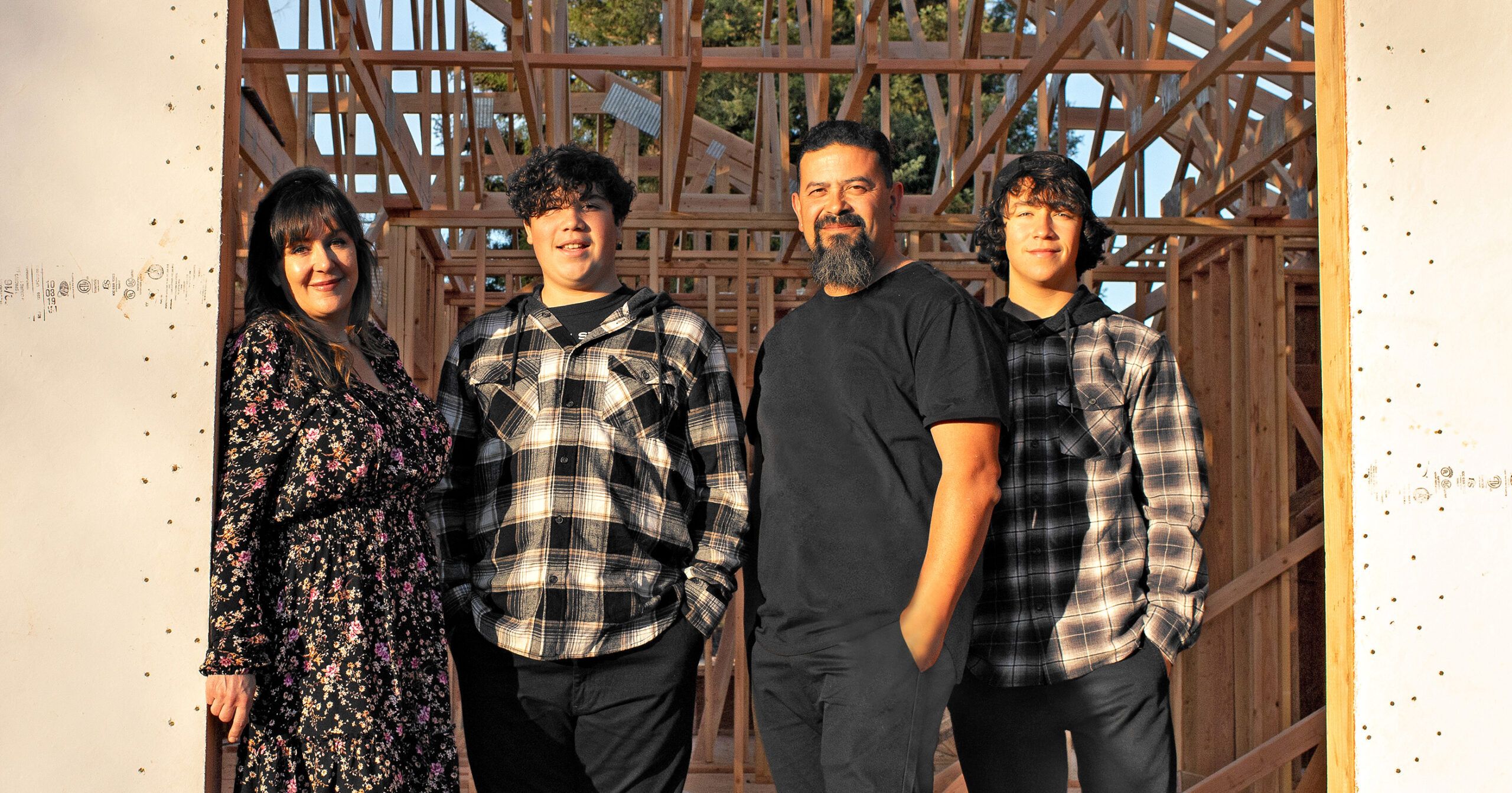
Anna Guevara, who works for the California Department of Water Resources, was at a training session in Sacramento, about an hour and a half from Paradise by car, when a neighbor called to say that a fire had been reported several miles east of town. Fifteen minutes later, she called again: “It’s Armageddon—get home!” “That drive back took me a lot less than an hour and a half,” Anna says with a laugh. Twelve hours after they’d packed up and fled their burning town, someone sent her and her husband, José, a photo of the smoldering spot where their house had stood. José took a deep breath and said, “Well, I want to rebuild—what about you?” For Anna, a lifelong Paradisian, the answer was an easy yes.
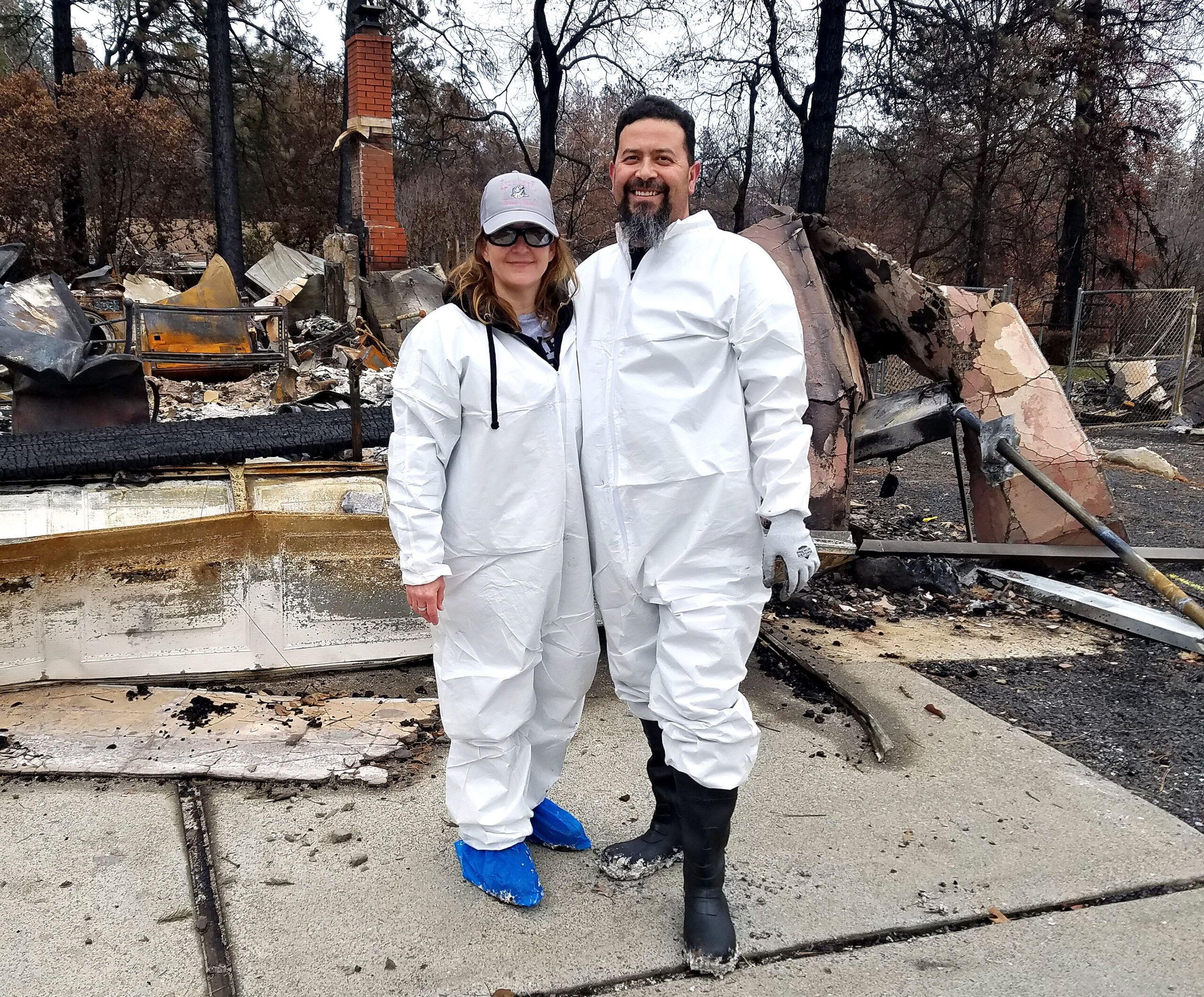
Thus began a very long journey, which saw the couple and their two teenage boys, one with special needs, living in a succession of hotels, trailers, and rented apartments—six locations in two years. Along the way, depression caught up with Anna. “The little things started to get to me,” she recalls. “Our fridge broke once, and all I could do was lie down on the couch. The to-do list since the fire is impossible to finish, and I couldn’t deal with it.” Now that their new house is almost done, she’s doing better. “The people who have reached out, the love we’ve been shown,” she says, “it’s what keeps us going.”
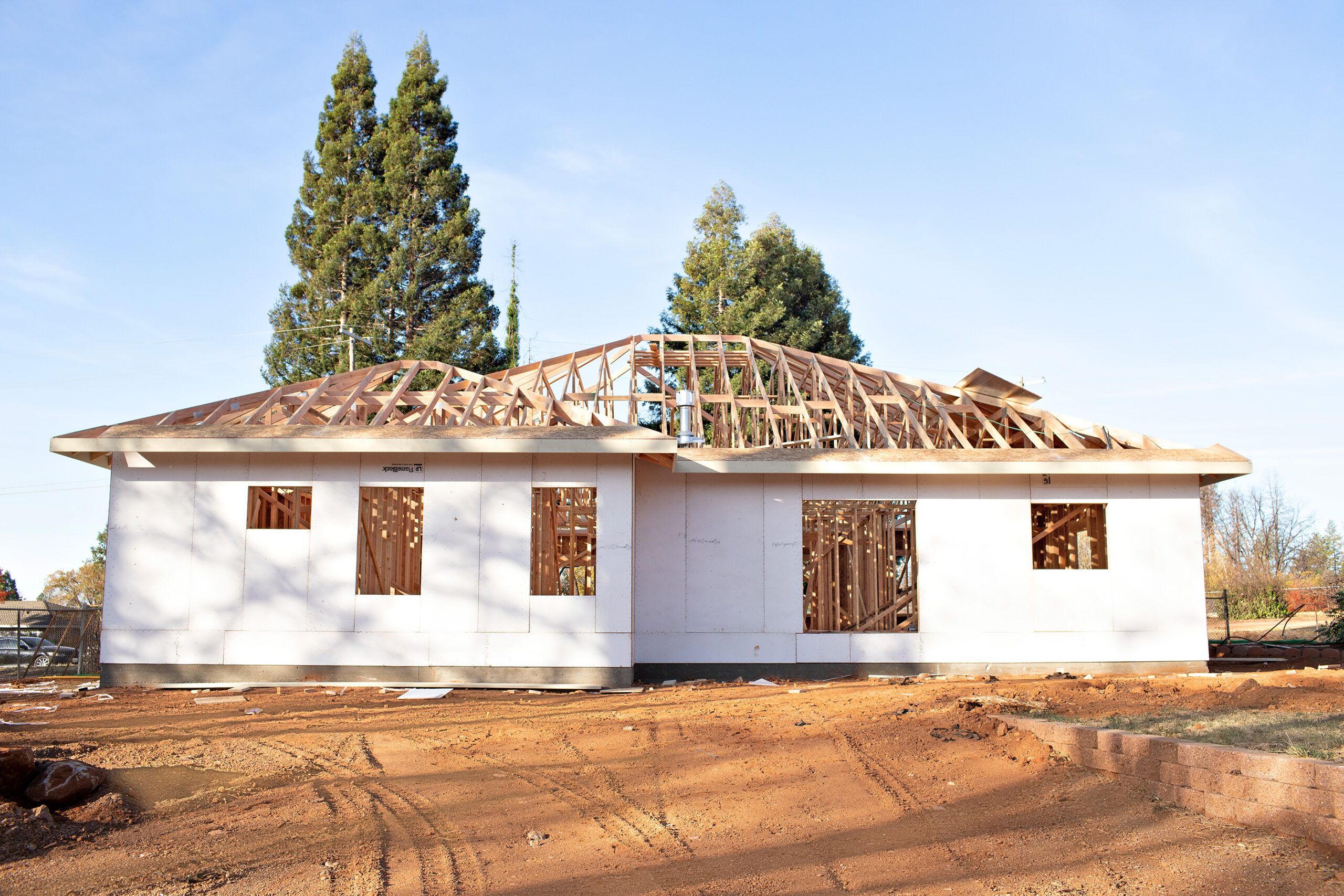
Looking Forward
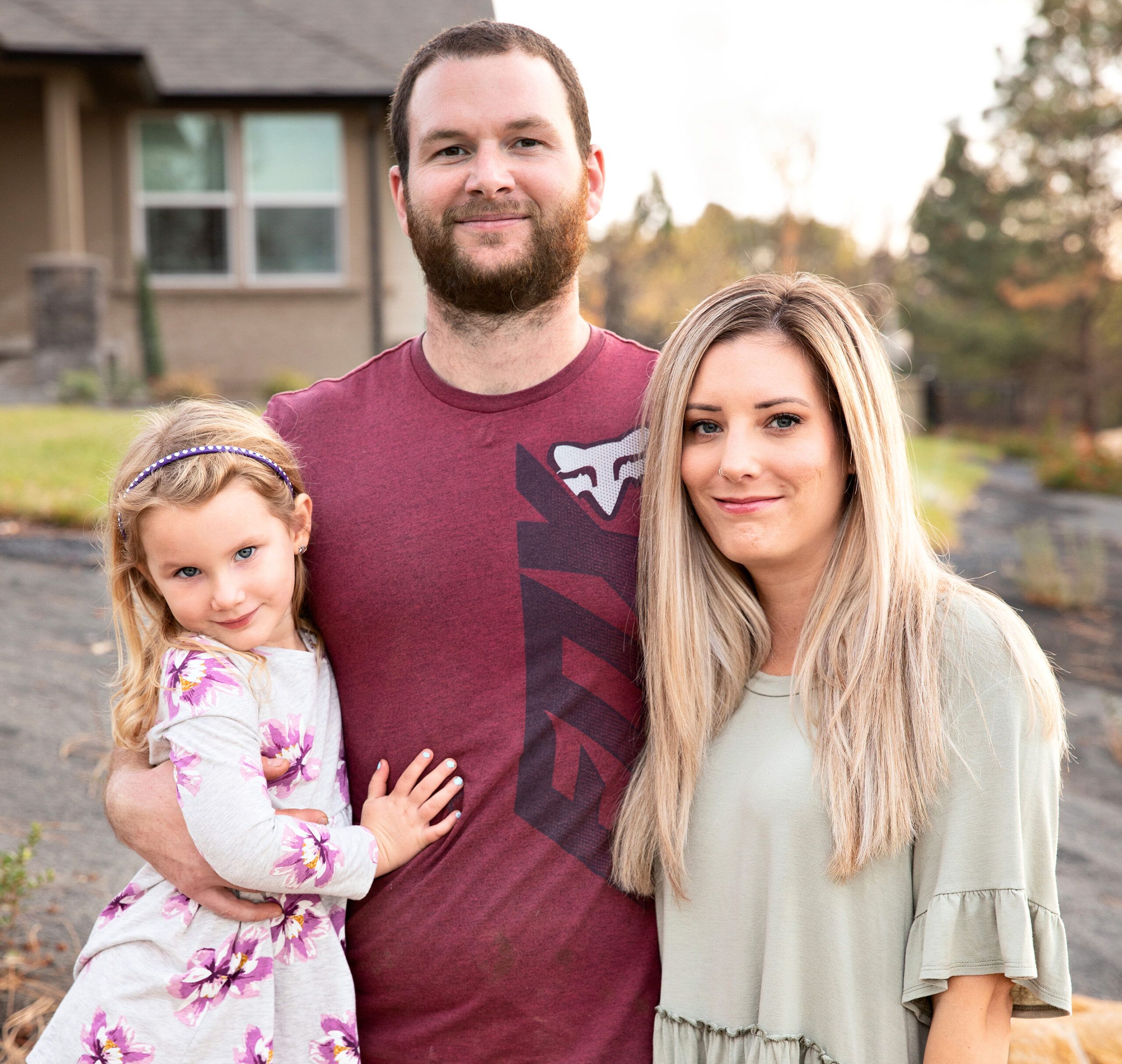
Joe Aurentz, a stone-countertop fabricator and installer, was at work in Chico, normally a 20-minute drive south of Paradise, when he saw the smoke. “It was like a mushroom cloud,” he says. “But I kept working. The next thing I knew Avonlea was on the phone saying she was evacuating.” His wife had picked up their four-year-old daughter, Talen, from day care and was planning to wait it out, until she realized how bad things were. She called Joe to say that there was fire on both sides of the road; when she called again she had to leave a tearful voice mail. “I told him I loved him, and said good-bye just in case.” In the end they reunited in a Chico parking lot.

The family—three people, two dogs, and a cat—has been living in a two-bedroom apartment in Chico since before Thanksgiving 2018, waiting for their new house to be finished. Talen really misses Brutus, their other cat, who didn’t survive the fire. Joe, born and raised in Paradise, loves spotting people he grew up with around town and shouting out, “Hey! You stayed!”
“We see the strength in the community of Paradise coming back together,” says Avonlea. “We’re very excited and feel very lucky to have our new home to create new memories. And we’ve grown to appreciate the smaller things.” One of those small things is the ultimate sign of hope: They’re expecting a baby boy sometime this spring.
Rebuilding to Fight Fire
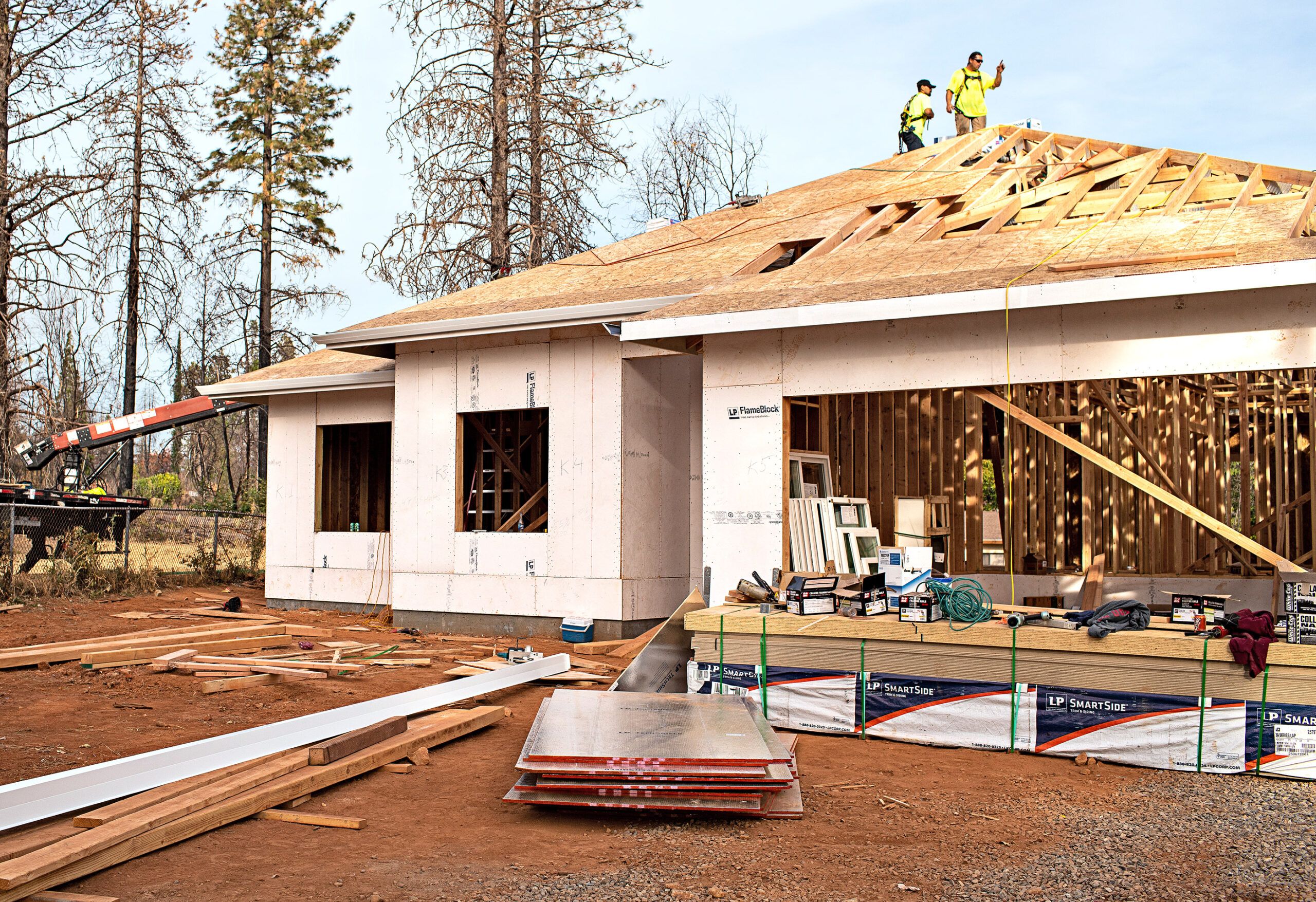
California building codes dating from the early 2000s apply to the “wildland-urban interface” (WUI) that Paradise exemplifies, addressing the dangers posed by fire’s flames, radiating heat, and flying embers, which can travel as far as a mile. The building-product categories that are covered range from adhesives to roofing, siding to skylights —more than 300 in all.
Among the most important, roofs must be “Class A rated,” meaning fire cannot pass through, and include metal, tile, and asphalt shingles that pass tests limiting flame spread. Approved sidings range from fiber cement to specially treated wood, bamboo, and vinyl, and may require a fire-block underlayment. Stick-built houses must be sprinklered.
Some of the most innovative products come from Vulcan Vents. While a house’s vents—at the foundation, soffits, and eaves—provide needed airflow, they are entry points for fire, heat, and embers, too. These vents use a honeycomb mesh that allows normal airflow but has an intumescent coating that expands in high heat, closing the vents to keep fire outside.
Paradise’s town council considered 20 new rules for buildings and lots, ranging from a mandated minimum roof pitch of 4/12 (not passed) to prohibiting railroad ties for retaining walls (passed). A proposed ban on gutters—since they hold plant debris that can burn—was modified to allow only those made from noncombustible material. The council affirmed the enforcement of the state’s WUI code requiring a 100-foot “defensible space” around a house—which means managing vegetation and fuel sources and providing safer conditions for firefighters—and went further, prohibiting combustible materials, like non-pressure-treated wood fences, which acted like wicks during the fire, within 5 feet of any structure.
Thanks to: Bret Wayland, Wayland Construction, Inc.; Jason Onstein, Green Ridge Landscaping, Paradise, CA.; Guevara house builder: Integrity Builders.
